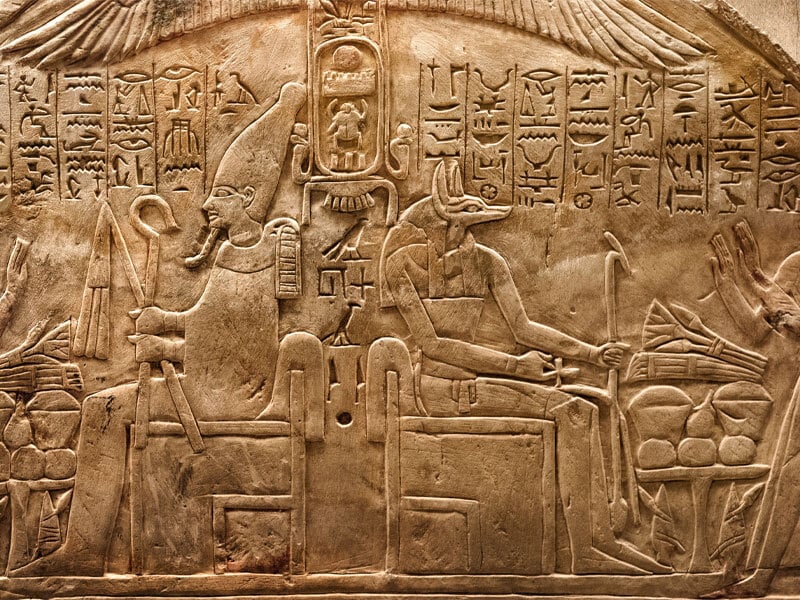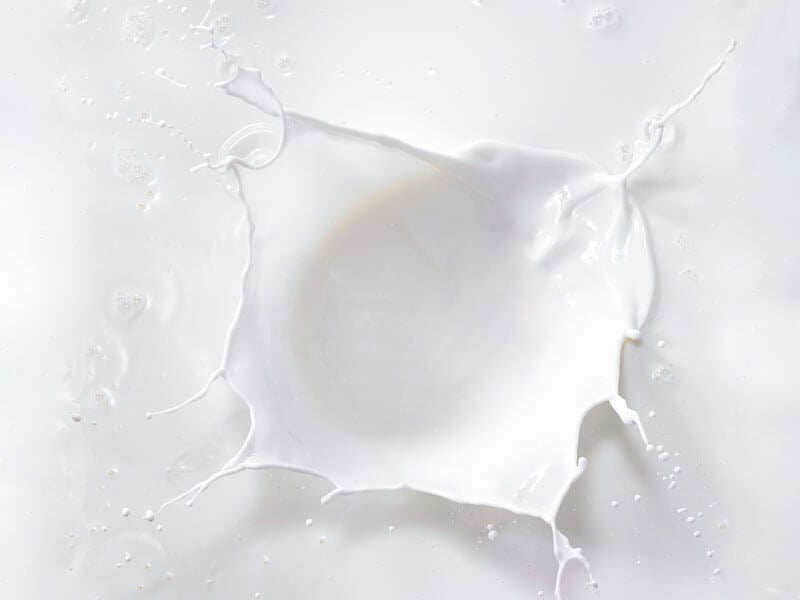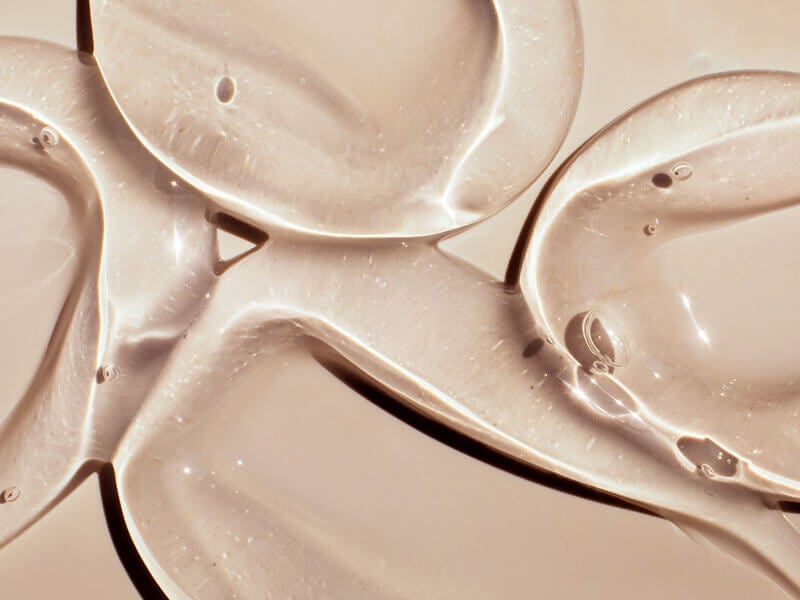The Enigmatic World of Ancient Egyptian Elixirs and the Revered Kyphi Perfume
Throughout the annals of history, the Ancient Egyptians have been synonymous with the masterful creation of perfumes. Their use of fragrant concoctions wasn't merely for personal adornment but served as a conduit for both spiritual communication and rites. Iconic scents such as Stakte, Susinum, Cyprinum, the Mendesian, and the sacred Kyphi were integral to these practices. Even during the height of Roman glory, Julius Caesar showcased his conquest of Egypt by showering the crowds with alabastra, vials crafted from alabaster, filled with these luxurious essences.
Despite the widespread availability of aromatic materials in Egypt, accessible even to the modest laborers, the production of perfume remained a luxurious craft. The elite and the temples primarily used these divine aromas, reserving them for sacred ceremonies or international trade. Intriguingly, while local flora like the lotus was prominent in Egyptian art, perfumers preferred imported resins and spices such as myrrh, frankincense, cinnamon, and cassia. This choice highlights a fascination with exotic ingredients, reminiscent of contemporary preferences for foreign luxuries.
Personal perfumes often adhered to specific recipes, creating predictable yet delightful experiences for users. For instance, Susinum blended the scent of lilies with myrrh and cinnamon in balanos oil. The Mendesian combined myrrh, cassia, and a mix of gums and resins. Cyprinum, despite its misleading name, was not related to Cyprus but was composed of henna, cardamom, cinnamon, myrrh, and southernwood. The origins of these fragrances are debated among scholars, with cities like Canopus, Ashkelon, Cyprus, or Sidon being possible centers of innovation.
Kyphi, however, stands out among these perfumes. Esteemed in ancient texts and forbidden for everyday use, Kyphi was a complex blend known for its use in sacred rituals. The formula, as described by Greek historians like Dioscorides and Plutarch, included ingredients such as frankincense and myrrh, which required meticulous preparation extending over several months. Although the original recipe by the Egyptian priest Manetho has been lost to time, modern perfumers like Sandrine Videault have attempted to recreate this revered scent.
Another lesser-known but equally sacred perfume was discovered by archaeologists on the walls of the Ptolemaic temple in Edfu, along the Nile. This perfume, derived from styrax extract, was used to appease the ancient deities and also required extensive preparation.
Among the various methods the Egyptians used to imbue items with fragrance—such as fumigation, incense burning, and scented oils—the creation of aromatic perfume-oils closely resembles modern perfumery. Ancient Egyptian perfumers preferred oils like balanos and ben for their neutral odors and ability to preserve fragrance. Balanos oil, derived from the fruit of the Balanites aegyptiaca tree, and ben oil, from the Moringa species, were valued for their stability and therapeutic properties.
The design and material of perfume containers were as crucial then as they are today. Egyptian alabaster, known for its non-porous nature, was ideal for preserving the integrity of the perfumes. Numerous flacons have been unearthed in archaeological digs, with one of the most romantic finds being the Ulu Burun shipwreck off the Turkish coast. This ship, dating back to the era of Nefertiti, carried a cargo of aromatic materials and possibly blue glass bars, hypothesized to have been used for making perfume bottles.
In conclusion, the ancient Egyptians' mastery of perfumery was not just a craft but a sophisticated cultural practice intertwined with their spirituality, trade, and daily life. Their legacy continues to inspire and intrigue, offering a scented window into the past that modern perfumers strive to recapture.





